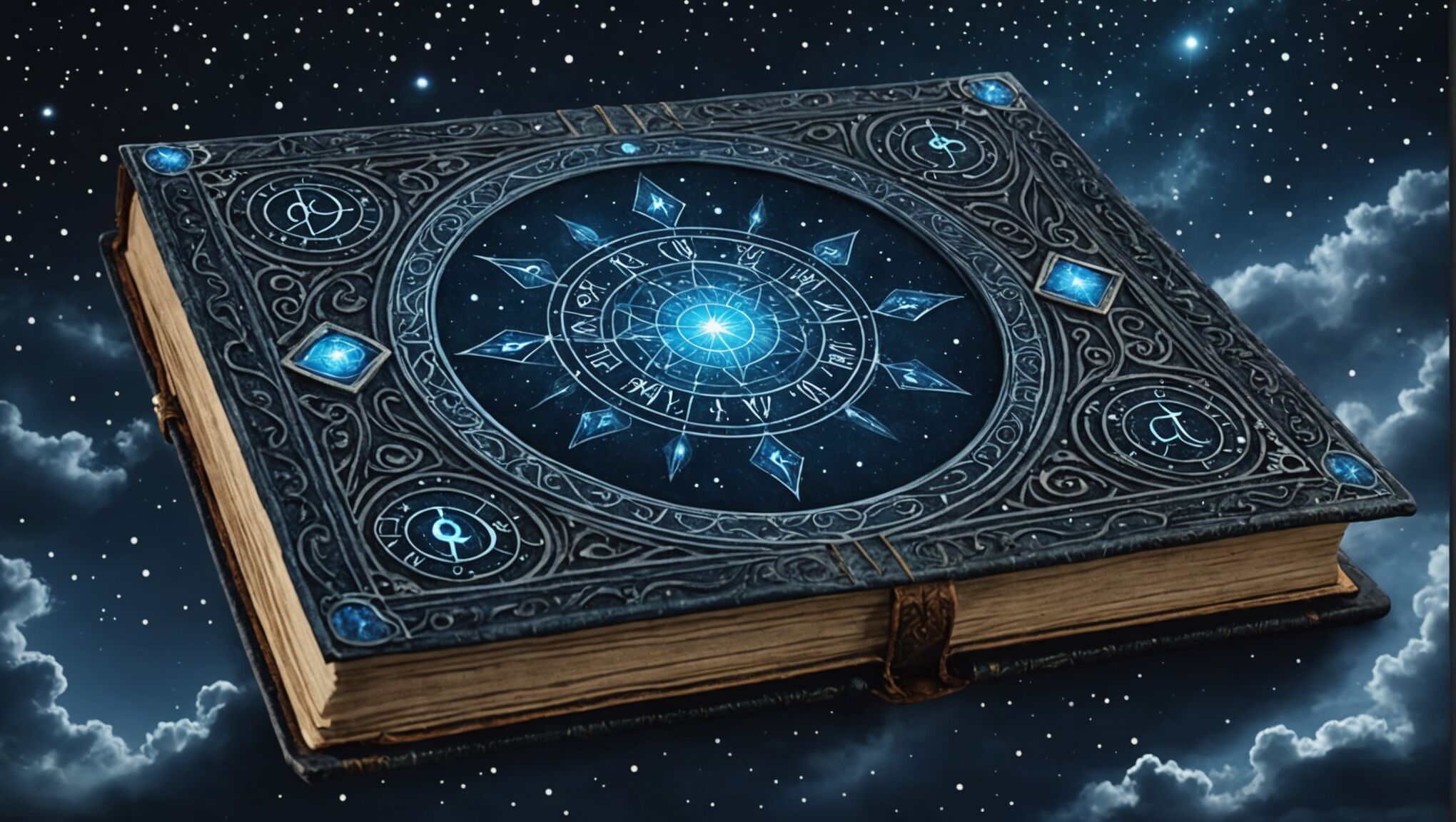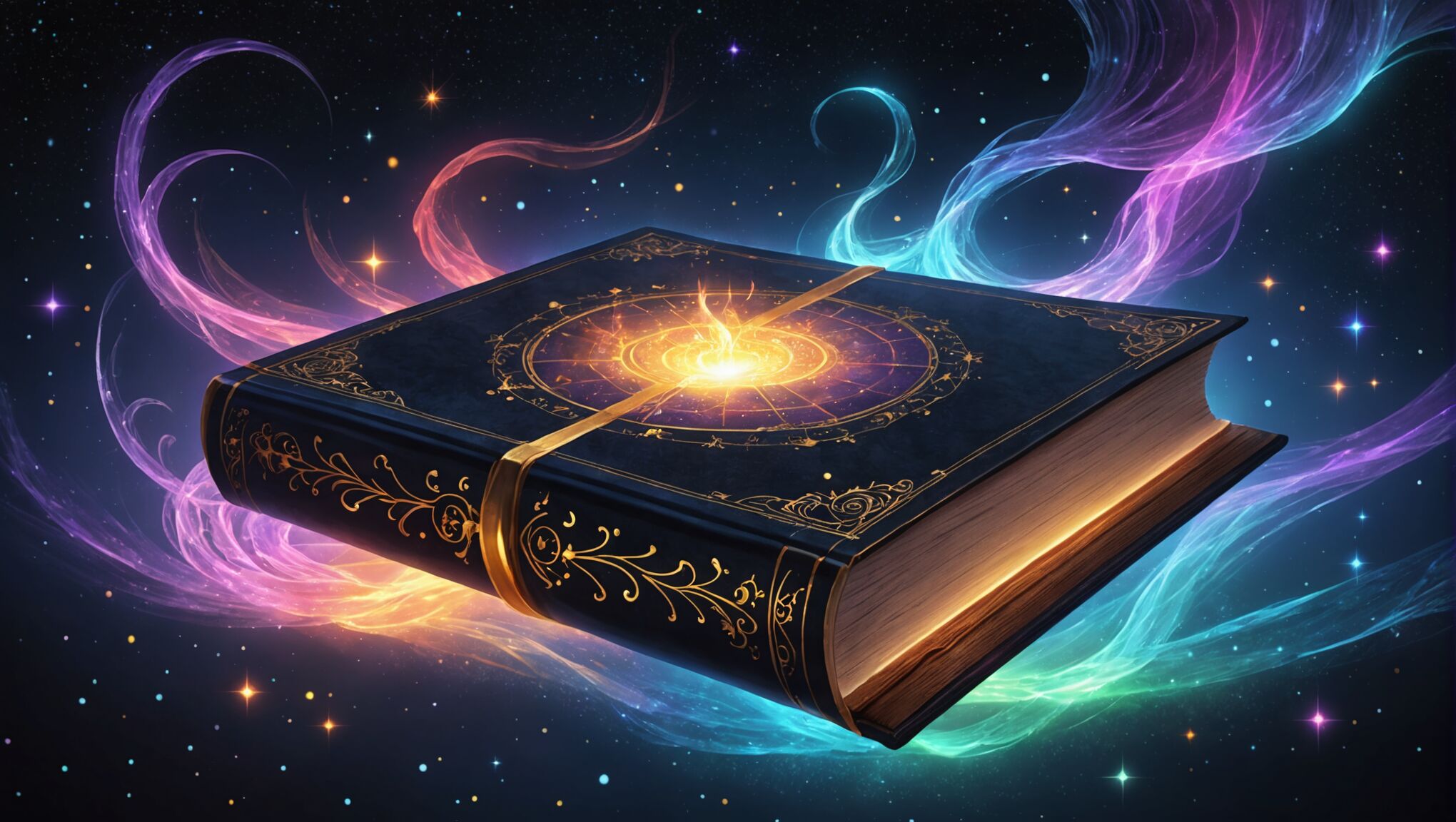blog
Using AI to Enhance Your Fantasy Book Cover Designs
AI-powered design tools have revolutionized the way artists and authors create fantasy book covers. These innovative platforms utilize machine learning algorithms to generate, manipulate, and enhance images based on text prompts or existing visuals. By analyzing vast databases of artwork and design elements, AI tools can produce unique compositions that capture the essence of fantasy genres. Generative AI is at the forefront of this technology, allowing users to describe their vision in natural language and receive a variety of visual interpretations within seconds.
Many AI design tools offer features such as style transfer, where the artistic style of one image can be applied to another, creating fascinating hybrid aesthetics perfect for fantasy covers. Advanced image editing capabilities powered by AI can seamlessly blend elements, adjust lighting, and even generate entirely new objects or characters that fit seamlessly into existing scenes. “AI is not replacing creativity; it’s augmenting it,” as many designers in the field often emphasize. These tools excel at tasks like background generation, character pose manipulation, and intricate detail addition, saving hours of manual work while maintaining a high level of quality.
To effectively use AI-powered design tools for fantasy book covers, it’s crucial to understand their strengths and limitations. While they can produce stunning visuals, they may sometimes struggle with complex concepts or specific artistic directions. Users should be prepared to guide the AI through multiple iterations, refining prompts and adjusting settings to achieve the desired result. Additionally, familiarity with terms like “seed numbers” for reproducibility, “negative prompts” to exclude unwanted elements, and “inpainting” for selective area editing can significantly enhance the effectiveness of these tools in creating captivating fantasy cover art.
Incorporating genre-specific elements with AI assistance

When incorporating genre-specific elements with AI assistance, it’s essential to feed the AI system with the right prompts and references that align with fantasy tropes and imagery. Magical creatures, mythical landscapes, and arcane symbols are staples of the genre that can be effectively generated or enhanced using AI tools. For instance, requesting a “majestic dragon perched atop a crystal tower” or a “moonlit forest with bioluminescent flora” can yield stunning results that capture the fantastical essence of your book’s setting.
Color palettes play a crucial role in conveying the mood and theme of fantasy stories. AI can be particularly helpful in suggesting and implementing color schemes that evoke the right atmosphere. By specifying tones like “ethereal blues and purples for a celestial magic theme” or “deep reds and golds for a royal dragon empire,” you can guide the AI to create visuals that immediately communicate the flavor of your fantasy world to potential readers.
Iconic fantasy elements such as swords, wands, amulets, and ancient tomes can be seamlessly integrated into cover designs with AI assistance. These tools excel at generating intricate details that might be time-consuming to create manually. For example, you could prompt the AI to create “an ornate spell book with glowing runes” or “a legendary sword with a jewel-encrusted hilt,” and then fine-tune the results to match your specific vision.
Character design is another area where AI can significantly enhance fantasy cover art. By describing key features of your protagonists or antagonists, such as “a battle-scarred elf warrior with flowing silver hair” or “a shadowy necromancer with glowing eyes,” you can quickly generate unique character concepts that embody the essence of your story’s heroes and villains.
Add a fantasy map to captivate readers. Learn how here.
Landscapes and architectural elements are fundamental to many fantasy settings. AI tools can help create awe-inspiring backdrops like “floating islands connected by magical bridges” or “an imposing dark fortress with impossible geometry.” These elements can be further customized to reflect the unique aspects of your fantasy world, ensuring that your cover stands out while still resonating with genre expectations.
When working with AI to incorporate genre-specific elements, it’s important to iterate and experiment. Combine different prompts, adjust settings, and mix AI-generated elements with custom artwork to achieve a truly unique and captivating fantasy book cover. Remember that while AI can provide an excellent starting point, your artistic vision and understanding of your story’s themes will be crucial in crafting a cover that truly represents your fantasy novel.
Balancing AI-generated art with human creativity
While AI-generated art can produce stunning and unique visuals for fantasy book covers, it’s crucial to maintain a balance with human creativity to ensure the final product truly reflects the essence of your story. One effective approach is to use AI as a collaborative tool rather than a replacement for human artistry. Start by generating various elements or base compositions using AI, then apply your own artistic vision to refine and customize these outputs.
For instance, you might use AI to create a mystical forest backdrop or a fantastical creature, but then manually adjust the composition, add hand-drawn details, or incorporate custom typography that aligns perfectly with your book’s themes. This hybrid approach allows you to leverage the efficiency and imaginative capabilities of AI while infusing the cover with your personal touch and storytelling expertise.
Consider using AI-generated elements as inspiration or building blocks rather than final products. You can take fragments of AI creations and combine them in unique ways, or use them as references for your own illustrations. This method ensures that the final cover design remains original and tailored to your specific narrative.
It’s also important to recognize the limitations of AI in understanding nuanced storytelling elements or complex character dynamics. While AI can generate visually impressive images, it may struggle to capture the subtle emotional undertones or thematic depth of your fantasy novel. This is where human insight becomes invaluable. Use your understanding of the story’s core messages, character arcs, and world-building details to guide the AI outputs towards a more meaningful and relevant design.
Experiment with different levels of AI involvement in your creative process. You might find that using AI for background generation while manually crafting foreground elements yields the best results for your particular project. Alternatively, you could use AI to generate multiple concept sketches, then select the most promising one to develop further with traditional design techniques.
Remember that the goal is to create a cover that not only looks visually appealing but also accurately represents your book’s content and appeals to your target audience. AI can help streamline the design process, but your creative judgment as an author or artist is essential in ensuring the final product resonates with readers and stands out in the crowded fantasy market.
To maintain this balance effectively, consider the following tips:
| Tip | Description |
| Set clear design objectives | Outline your vision and key elements before using AI to ensure the technology serves your creative goals |
| Iterate and refine | Use AI-generated content as a starting point, then refine and personalize through multiple iterations |
| Combine techniques | Mix AI-generated elements with traditional digital art or hand-drawn components for a unique blend |
| Prioritize storytelling | Ensure that AI-enhanced visuals support and enhance your book’s narrative, rather than overshadowing it |
| Seek feedback | Get opinions from beta readers or fellow authors to gauge how well the AI-assisted cover represents your story |
By thoughtfully balancing AI-generated art with human creativity, you can harness the power of technology while maintaining the unique vision and personal touch that makes your fantasy book cover truly captivating and representative of your work.
Optimizing AI outputs for professional-looking results
 To optimize AI outputs for professional-looking results, it’s essential to refine and enhance the initial AI-generated designs. Start by critically evaluating the AI’s output, identifying areas that need improvement or customization. Pay close attention to composition, color balance, and overall coherence of the design elements.
To optimize AI outputs for professional-looking results, it’s essential to refine and enhance the initial AI-generated designs. Start by critically evaluating the AI’s output, identifying areas that need improvement or customization. Pay close attention to composition, color balance, and overall coherence of the design elements.
One effective technique is to use layer blending and masking in image editing software to seamlessly integrate AI-generated elements with custom additions or modifications. This allows you to maintain the high-quality aspects of the AI output while tailoring the design to your specific vision.
Adjust lighting and shadows to create depth and dimension. AI-generated images may sometimes lack realistic lighting, so manually enhancing these aspects can significantly improve the overall look. Use dodge and burn techniques to emphasize focal points and create a more dynamic visual hierarchy.
Typography plays a crucial role in professional cover design. While AI can generate interesting visual elements, human input is often necessary to select and position text effectively. Choose fonts that complement the mood and genre of your fantasy book, and experiment with text placement to achieve a balanced composition.
Color grading can dramatically enhance the atmosphere of your cover. Apply color adjustments to unify the palette and create a cohesive look that aligns with your book’s tone. Consider using color theory principles to evoke specific emotions or themes relevant to your story.
Pay attention to details such as texture and noise. AI-generated images can sometimes appear too smooth or artificial. Adding subtle texture or grain can lend a more organic, professional feel to the artwork.
Utilize advanced AI features like inpainting and outpainting to extend or modify specific areas of the image without compromising quality. This can be particularly useful for adjusting proportions or adding elements that weren’t present in the initial generation.
Don’t hesitate to combine multiple AI outputs or blend AI-generated elements with stock images or custom illustrations. This hybrid approach can lead to unique and polished results that stand out in the market.
Remember that achieving a professional look often requires multiple iterations. Be prepared to generate several versions, refine prompts, and make incremental improvements until you achieve the desired result.
Consider these questions as you work on optimizing your AI-generated cover:
1. Does the cover accurately represent the tone and themes of your book?
2. Are the visual elements balanced and harmonious?
3. Does the typography complement the artwork without overpowering it?
4. Is there a clear focal point that draws the reader’s attention?
5. Does the cover look unique compared to other books in your genre?
By critically analyzing and refining AI outputs, you can elevate your fantasy book cover from a basic generated image to a professional-grade design that captivates potential readers and effectively represents your story.
Ethical considerations in AI-enhanced cover design

As AI technology becomes increasingly prevalent in book cover design, it’s crucial to consider the ethical implications of its use. One primary concern is the potential for copyright infringement. AI models are trained on vast datasets of images, which may include copyrighted material. While the output is typically considered a new creation, there’s ongoing debate about the legality and ethics of using AI-generated art that might incorporate elements from existing works. To mitigate this risk, designers should be transparent about their use of AI and consider using models trained on public domain or properly licensed images.
Another ethical consideration is the impact on human artists and designers. While AI can be a powerful tool, it’s important to recognize the value of human creativity and ensure that AI doesn’t completely replace human involvement in the design process. Many argue that the most ethical approach is to use AI as a collaborative tool, enhancing human creativity rather than supplanting it. This approach not only maintains the integrity of the artistic process but also helps to preserve jobs in the creative industry.
Transparency with readers is also a key ethical concern. Some argue that consumers have the right to know whether a book cover was created using AI assistance. This transparency can be achieved by including a note in the book’s colophon or on the author’s website. Being open about the use of AI can help build trust with readers and contribute to broader discussions about the role of AI in creative industries.
The potential for bias in AI-generated artwork is another important ethical consideration. AI models can inadvertently perpetuate stereotypes or underrepresent certain groups if the training data is not diverse and inclusive. Designers using AI for fantasy book covers should be aware of this potential bias and actively work to create diverse and inclusive representations in their cover art.
Environmental impact is an often-overlooked ethical concern in AI use. Training and running large AI models requires significant computational power, which can have a substantial carbon footprint. Designers should consider the environmental cost of their AI usage and look for ways to minimize this impact, such as using more efficient models or offsetting their carbon emissions.
Lastly, there’s the question of artistic authenticity. Some argue that using AI in cover design diminishes the unique artistic vision that traditionally goes into creating book covers. Others contend that AI is simply another tool in the artist’s toolkit, no different from digital illustration software. Striking a balance between leveraging AI capabilities and maintaining artistic integrity is crucial for ethical cover design.
By thoughtfully addressing these ethical considerations, designers can harness the power of AI to create stunning fantasy book covers while maintaining integrity, respecting intellectual property rights, and contributing positively to the publishing industry and broader society.

